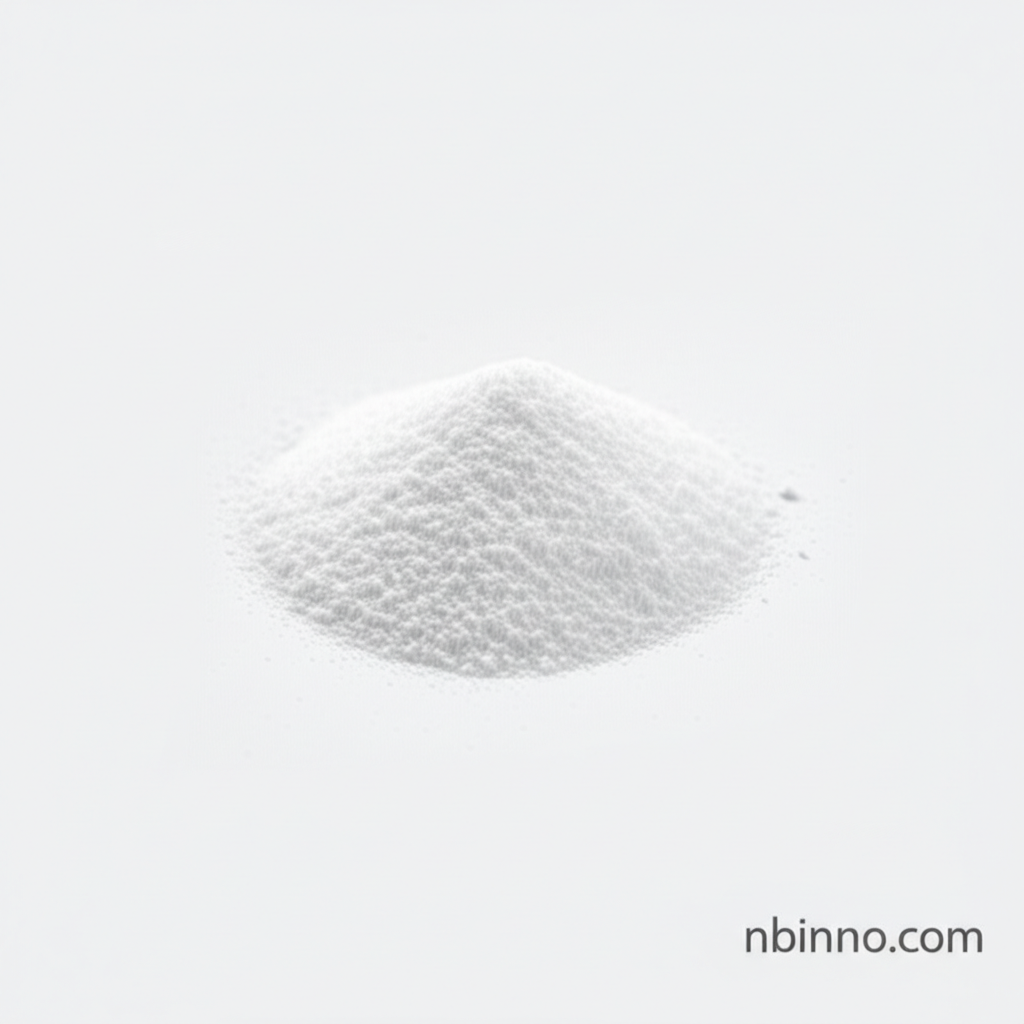N-Azidoacetylgalactosamine-tetraacylated: Advancing Glycobiology Research
A key unnatural monosaccharide for sophisticated metabolic labeling and glycoprotein detection.
Get a Quote & SampleProduct Core Value

N-azidoacetylgalactosamine-tetraacylated
This reagent is a vital unnatural monosaccharide building block, enabling advanced studies in glycobiology. Its cell permeability and intracellular processing allow for the replacement of natural N-Acetylgalactosamine (GalNAc), leading to azide-functionalized glycoproteins. The incorporated azide moiety serves as a handle for subsequent detection via highly specific click chemistry reactions, including CuAAC and copper-free click reactions.
- Enabling N-azidoacetylgalactosamine-tetraacylated metabolic labeling: Researchers utilize this compound for precise in vivo labeling of cellular glycans.
- Facilitating Ac4GalNAz click chemistry: The azide group readily participates in ligation chemistries, allowing for conjugation with various detection molecules.
- Crucial for azide-labeled monosaccharide for glycoprotein detection: This product is essential for identifying and analyzing glycoproteins in complex biological systems.
- Valuable in metabolic glycoengineering tools: It provides a method to introduce functional modifications into cellular glycans.
Key Advantages of This Reagent
Enhanced Cell Permeability
The acetyl groups on Ac4GalNAz significantly increase its solubility in organic solvents and improve its ability to pass through cell membranes, a key factor in successful metabolic labeling.
Versatile Click Chemistry Compatibility
The azide functional group on this unnatural sugar is compatible with both copper-catalyzed (CuAAC) and copper-free click reactions, offering flexibility in detection strategies.
Streamlined Glycoprotein Analysis
By incorporating Ac4GalNAz and subsequently applying click chemistry with fluorescent or biotinylated alkynes, researchers can effectively visualize and analyze modified glycoproteins.
Key Applications
Glycobiology Research
Investigate cellular glycosylation pathways and understand the roles of specific glycans using this reagent for metabolic labeling and subsequent analysis.
Bioconjugation
Utilize the azide handle for conjugation with various molecules, such as fluorescent dyes or affinity tags, through robust click chemistry reactions.
Proteomics and Glycomics
Aid in the identification and characterization of glycoproteins and their modifications, contributing to advancements in proteomics and glycomics.
Drug Delivery and Imaging
Explore potential applications in developing novel drug delivery systems or imaging agents that target specific cellular glycans.
